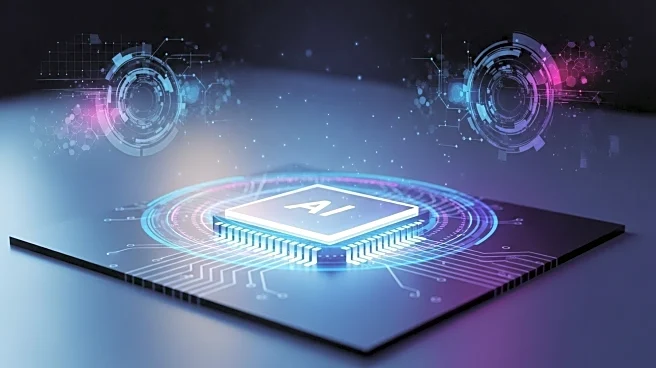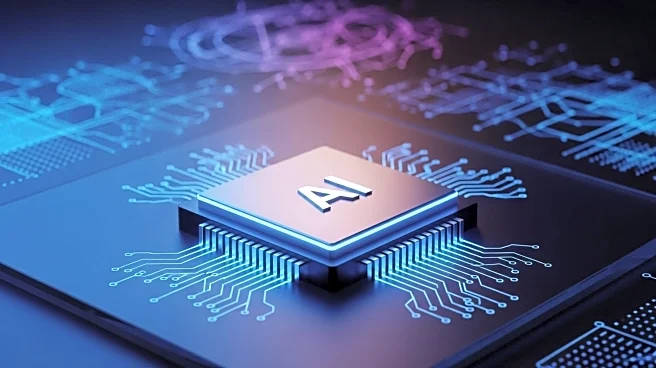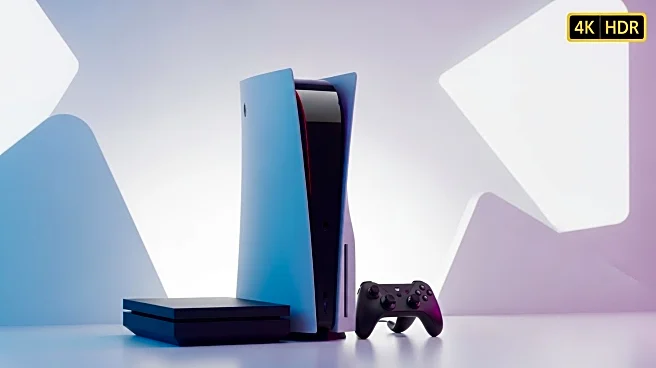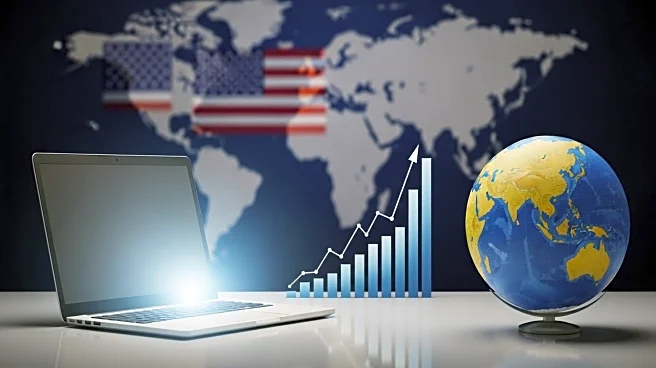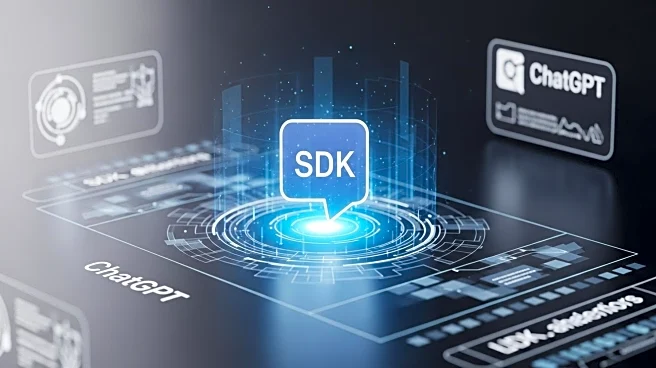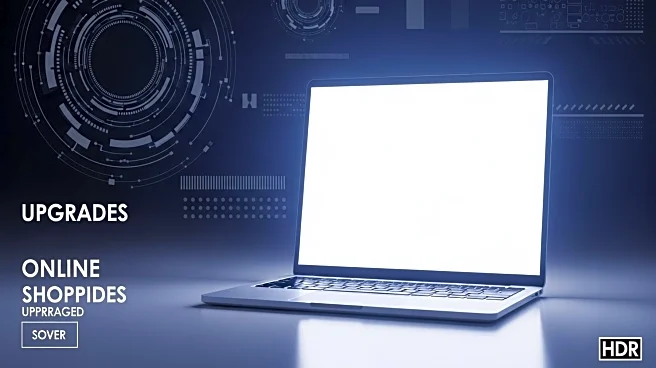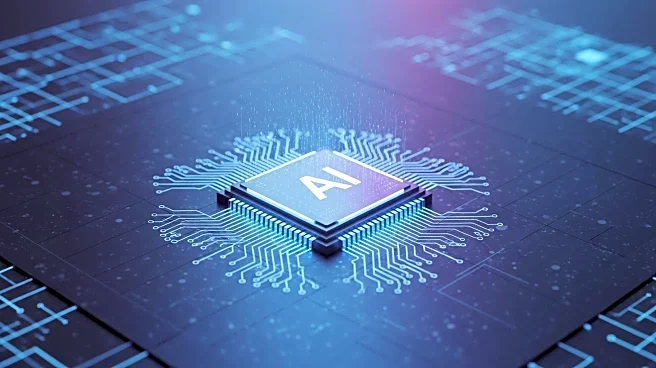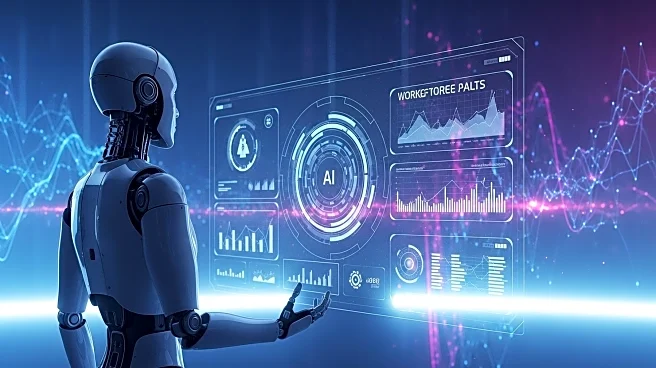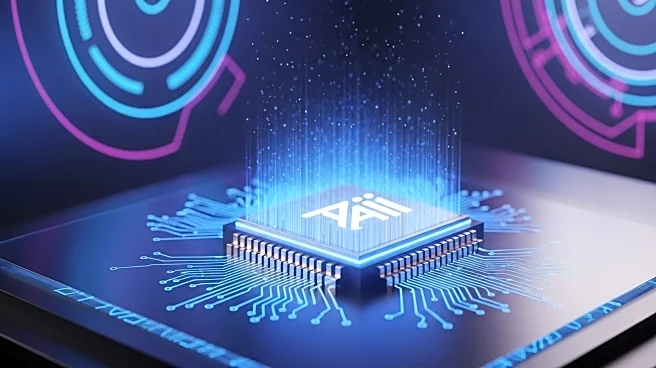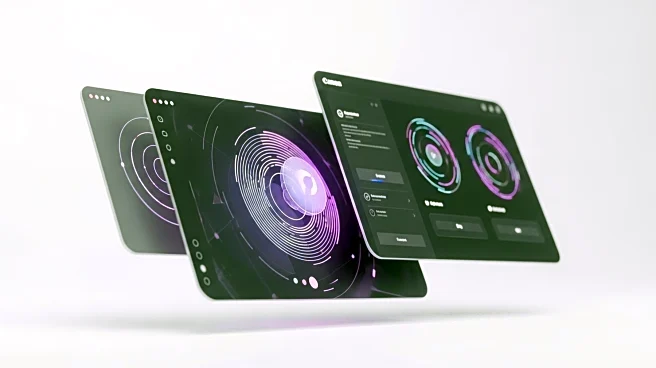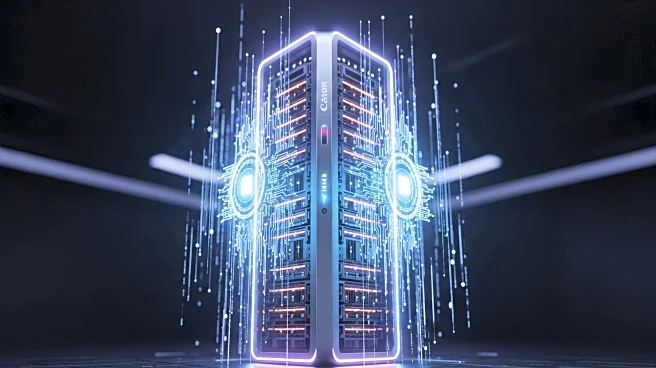What is the story about?
What's Happening?
The Windows 10 era is coming to an end as Microsoft phases out feature updates for the operating system, offering only Extended Security Updates for a limited time. This transition marks a shift towards Windows 11, which integrates more web-based applications and services. Users have expressed nostalgia for Windows 10, which represented a time when PCs felt more personalized and less intertwined with online services. The move to Windows 11 reflects broader trends in software development, where native applications are increasingly replaced by web-based counterparts.
Why It's Important?
The end of Windows 10 signifies a pivotal change in how users interact with their PCs, highlighting the growing integration of web-based applications into operating systems. This shift impacts user experience, as software becomes more standardized and less customizable. The transition may affect developers and businesses that rely on native applications, prompting them to adapt to new technologies and platforms. As operating systems evolve, users may face challenges in maintaining control over their digital environments, influencing how personal and professional computing is conducted.
What's Next?
As Windows 11 becomes the standard, users and developers will need to adapt to its features and limitations. The integration of web-based applications may lead to further innovations in software design, potentially enhancing connectivity and functionality. However, concerns about privacy and control may prompt discussions on how to balance convenience with user autonomy. Microsoft and other tech companies may continue to explore ways to integrate AI and other advanced technologies into operating systems, shaping the future of personal computing.
Beyond the Headlines
The transition from Windows 10 to Windows 11 reflects broader shifts in technology towards cloud-based solutions and interconnected digital ecosystems. This evolution raises questions about data privacy, user control, and the role of technology in everyday life. As software becomes more centralized, users may need to navigate new challenges in maintaining their digital independence.
AI Generated Content
Do you find this article useful?


